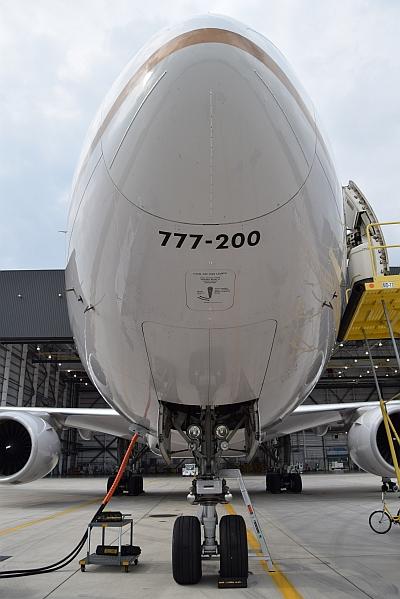
After burbling the background for several years, talk of a Boeing 777-200 conversion program is set to reach fever pitch as COVID-19 thrusts the cargo market into the spotlight and forces passenger variants into early retirement.
Following the launch of IAI’s 777-300ER conversion program in late 2019, there was speculation that the Israeli company would team up with a Chinese facility to do the same for -200 variants.
There is some impetus to do so given an announcement this week that China’s government intends to subsidize a big chunk of freighter conversion costs, although IAI has denied that it has any contract in place regarding -200 conversions.
Even so, it is becoming clear that any 777-200 conversion program would not lack feedstock as airlines around the world ground their widebody fleets and look to phase out older models.
Delta recently announced that it would retire 10 -200LRs and eight -200ERs by the end of the year, while Air New Zealand, which has nine -200ERs in its 777 fleet, has ruled out all current-generation 777 operations until at least April 2021--and possibly permanently.
Still, there would be a long gap between acquiring any unwanted passenger aircraft and delivering them as conversions. For example, GECAS launched the 777-300ER conversion program with IAI in late 2019 but only expects to receive its first aircraft three years later.
On the other hand, potential converters can have some confidence in the -200 as an appealing freighter candidate given that Boeing already produces a new-build 777-200 freighter and has delivered almost 200 of the type.
Otherwise, it looks like the desert beckons for 777-200, barring some potential interest in the -200LR because of its GE90 engines, which are also used by the more popular 777-300ER.





